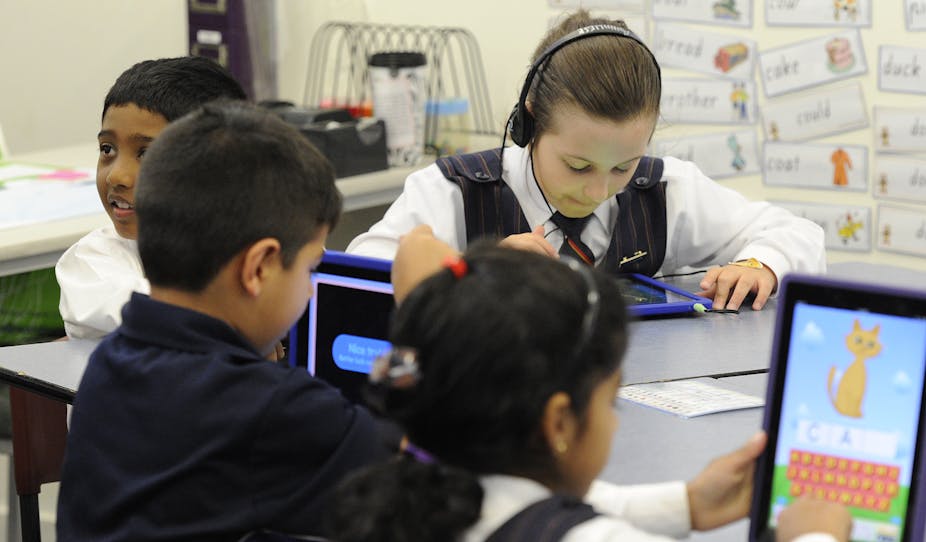The computers for schools program, which involved federal funding for the supply of laptops to high school students, is set to end in June. The program was a central piece of the former government’s “digital revolution” but is being discontinued by the current government.
The end of the program is already having consequences for schools and for families. Without funding for computers, schools are being forced to find other ways to fund educational technology. Often this means shifting the cost onto families or requiring students to “bring your own device”.
The end of the program has two main implications. The first is related to the access all children have to the basic technologies needed for 21st-century learning. The second involves the pedagogy that underpins the use of these tools for learning.
Can everyone afford the best gadgets?
Inequalities may arise in schools if families are unable to get the newest and best devices due to the often high cost. The newest and best technology is often expensive and the daily journey to school and back can be devastating to some devices. Purchasing, repairing and upgrading devices can become a significant drain on the family budget.
As not every family is able to supply their children with the latest technology, there is a risk that placing the onus on families to obtain these devices for their children will lead to a “digital divide”. The children from well-off families will have access to the latest and supposed best tools for learning while everyone else will have either no access to technology or be lumped with using older and often outdated technology.
Are the gadgets doing students any good anyway?
The more critical issue is whether the newest and best devices are actually the best options for enhancing learning.
Professor John Hattie from the University of Melbourne conducted a large meta-analysis of meta-analyses, which involves looking at the results of a very large pool of studies to determine what factors have the greatest impact on student learning. His findings suggest that technology or, as he put it, computer-assisted instruction, has only a marginal effect on student learning outcomes.
The issue is really then more about whether these devices are the best option for learning at all, than whether newer is better. Families shouldn’t be put in a position where they need to fork out a lot of money they may not have for technology that has a dubious effect on enhancing their child’s learning.
Underpinning the uncertainty surrounding the role of digital technologies in schools is that our understanding of these devices and how they can be best incorporated into teaching practice is far outpaced by the evolution of the devices themselves. No sooner do we come to understand how best to use a technology in classrooms than the technology has already become obsolete.
The research being conducted into the ways in which technology can be used to enhance learning is therefore unable to keep pace with the development and use of new devices and applications. While it is perhaps cliché for a researcher to call for further research, in this case the cost to families, and the potential to create further inequalities in our education system would seem to warrant it.
As I have argued previously, throwing money at quick fixes is not the answer to improving education. This applies to technology more than anything else in the sector.
A greater emphasis needs to be placed on professional development for teachers and on educational design so that the maximum benefit of these new tools can be realised. The tools themselves are useless if the learning activities designed to utilise the tools are not up to standard.

